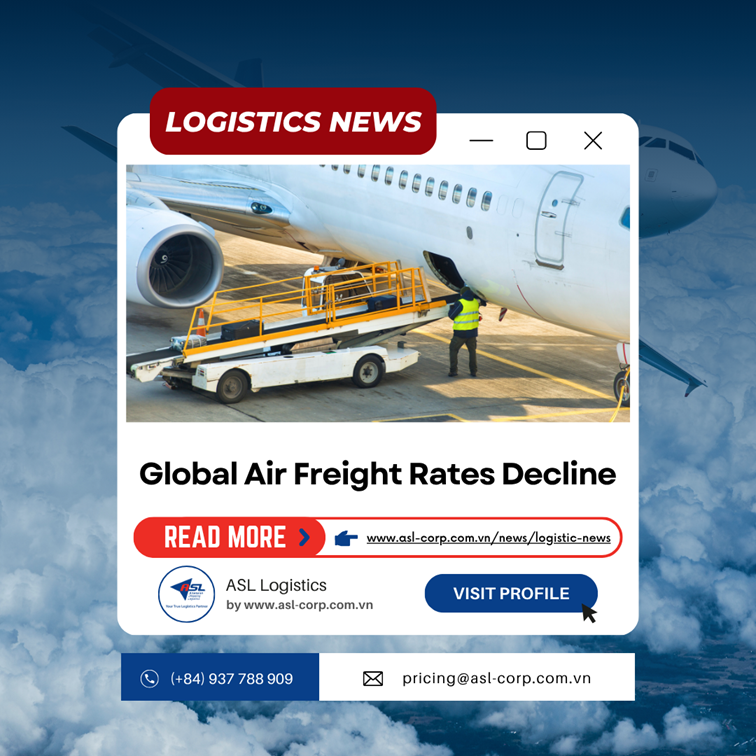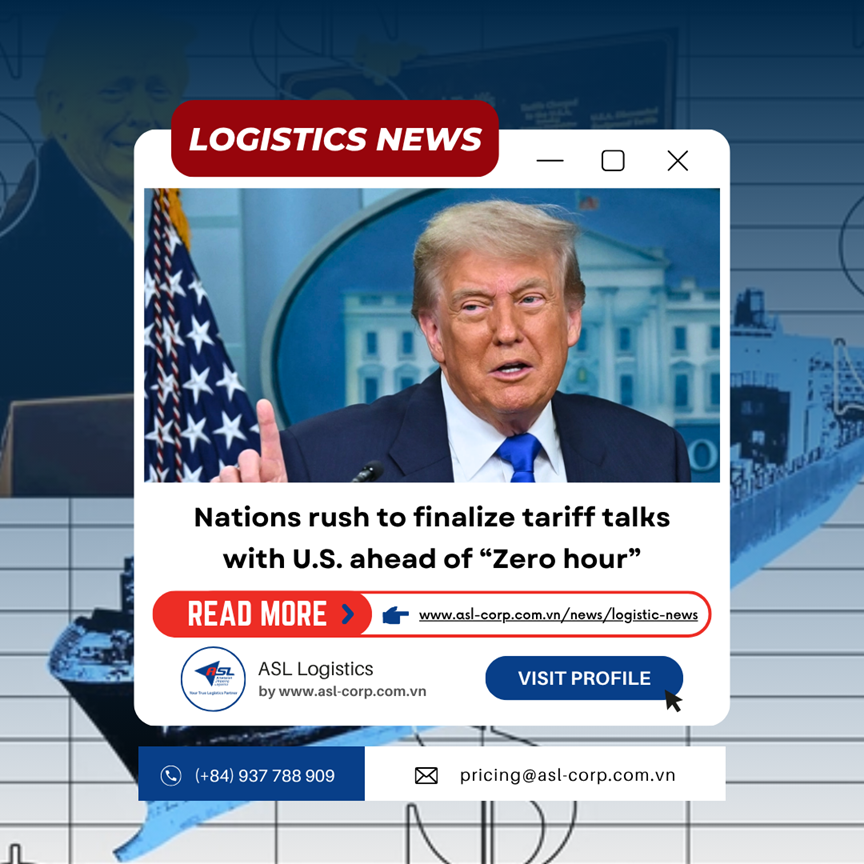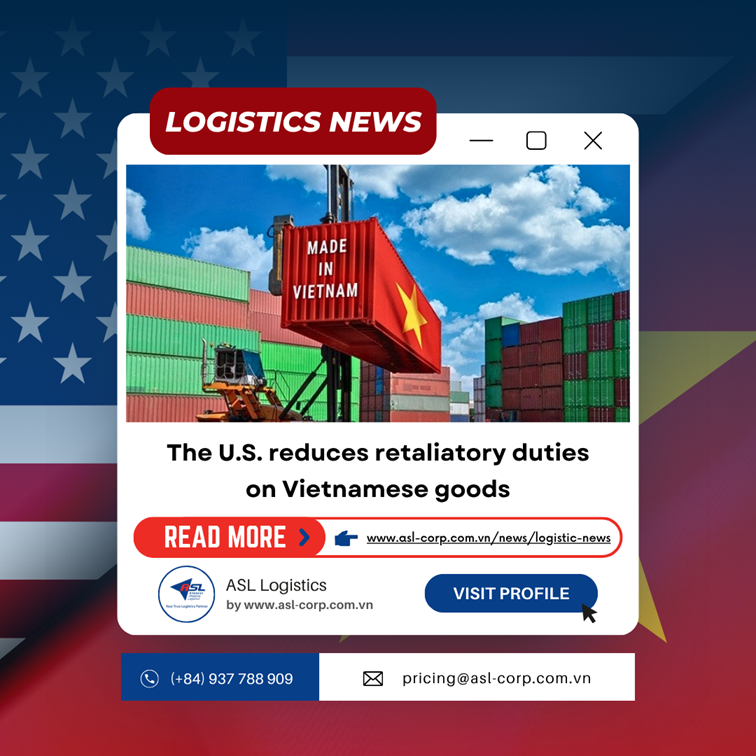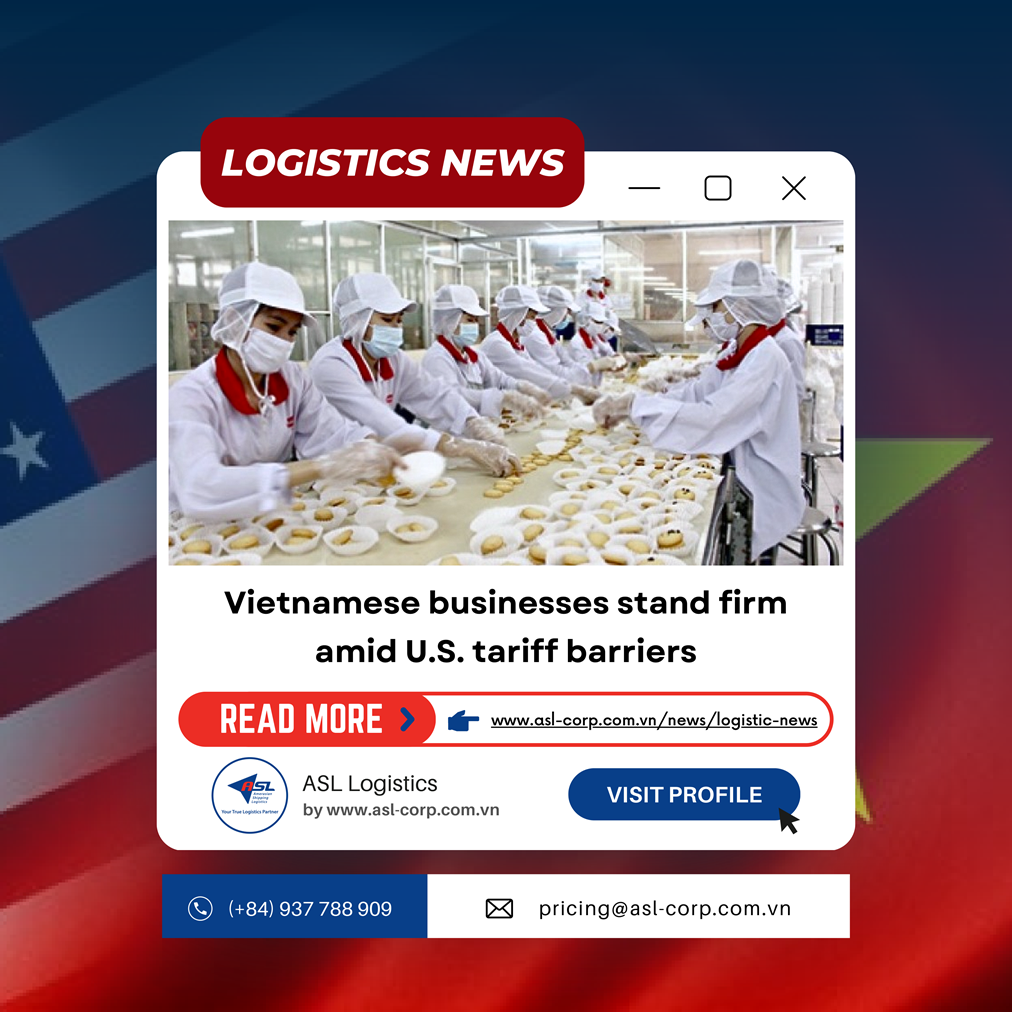Logistic News
TRANSPACIFIC OCEAN RATES RETURN TO 2019 LEVELS
January 4, 2023
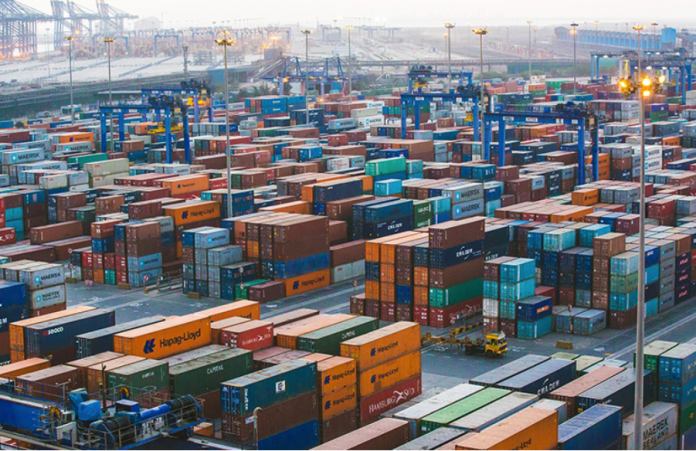
The pandemic-driven surge in demand for ocean imports catapulted global freight – and rates – to new levels of infamy in 2021 and 2022.
According to Freightos, logistics costs have played an important role in spiking inflation and they may play an equally important role in its easing as rates fall and operations normalise.
Transpacific ocean rates to the West Coast have stabilised at 2019 levels for about a month now, and prices to the East Coast are just 12% higher than in December 2019 as demand and congestion ease.
Additionally, Asia - Europe rates have fallen 50% in the last six weeks, but remain 30% higher than in 2019 as blanked sailings increase, and congestion and some recent labor disruptions may be slowing operations.
Carriers are expected to blank about half of all scheduled ex-Asia sailings for the months after the Lunar New Year, while some Asian manufacturers will take the unusual step of shutting down for the holiday as early as the second week of January in another indication of sagging demand.
Freightos reported that Asia-US West Coast prices dipped 3% to US$1,377/FEU. This rate is 91% lower than the same time last year. Asia-US East Coast prices also fell 10% to US$2,924/FEU, and are 82% lower than rates for this week last year, while Asia-North Europe prices increased 11% to US$2,405/FEU, and are 83% lower than rates for this week last year.
Judah Levine, head of research, noted that slowing volumes have led Asia - US West Coast rates to stabilise at 2019 levels for about a month now. Prices to the East Coast have continued to fall on easing demand and congestion – 10% since last week – and though the rate of the decline has slowed in December, the current price is just 12% above 2019 levels.
Moreover, Asia - North Europe rates have fallen 50% since mid-November. However, blank sailings, some persisting congestion and renewed labor disruptions in some ports may be combined to keep prices 30% higher than in December 2019.
Transatlantic prices of more than US$5,600/FEU remain almost three times higher than in 2019, despite the fact that they have declined 30% from their May-to-September US$8,000/FEU peak as carriers add capacity to this still-lucrative lane and congestion eases.
Furthermore, carriers are expected to blank about 50% of all scheduled sailings from Asia to the US and Europe after the Lunar New Year (LNY) holiday – which runs from late January to early February – suggesting they anticipate the slowdown to continue through the typical post-LNY lull months until inventories run down and demand picks up some time in the second quarter of the year at the earliest, or possibly not until next year’s peak season.
Another sign of sagging demand, according to Levine, is the unusual move among some Asian manufacturers to close for the holiday as early as the second week of January.
Easing covid restrictions in China is also contributing to more workers out sick, while other protocols will reduce barge and trucking capacity earlier in the month too, which may also be driving the earlier start to the holiday, according to Freightos analysis.
Source: Container-news

Head Office
ASL Hồ Chí Minh
Số 31/34A Ung Văn Khiêm, Phường Thạnh Mỹ Tây, TP. Hồ Chí Minh, Việt Nam
 Công Ty Cổ Phần Giao Nhận Vận Tải Mỹ Á
Công Ty Cổ Phần Giao Nhận Vận Tải Mỹ Á
 (+84)28 3512 9759
(+84)28 3512 9759
 (+84)28 3512 9758
(+84)28 3512 9758
 pricing@asl-corp.com.vn
pricing@asl-corp.com.vn
 mdirector@asl-corp.com.vn
mdirector@asl-corp.com.vn
 www.asl-corp.com.vn
www.asl-corp.com.vn
LOGISTICS SERVICES









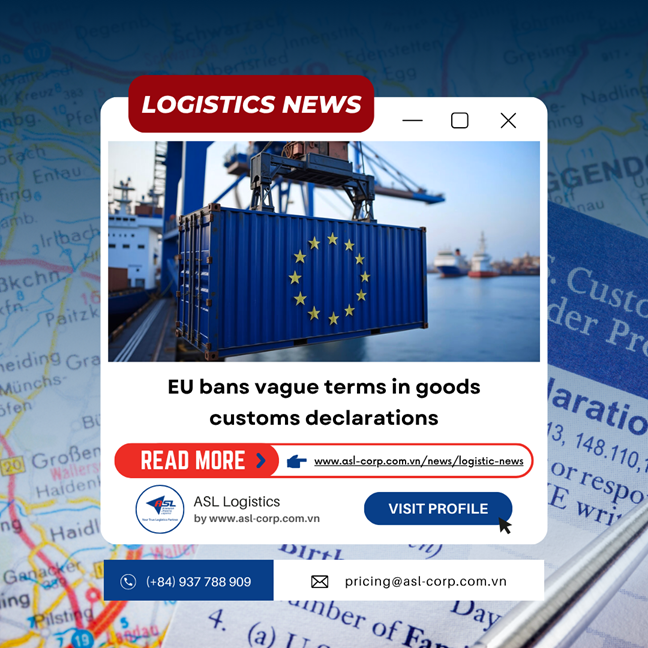
.png)
.png)

.png)

